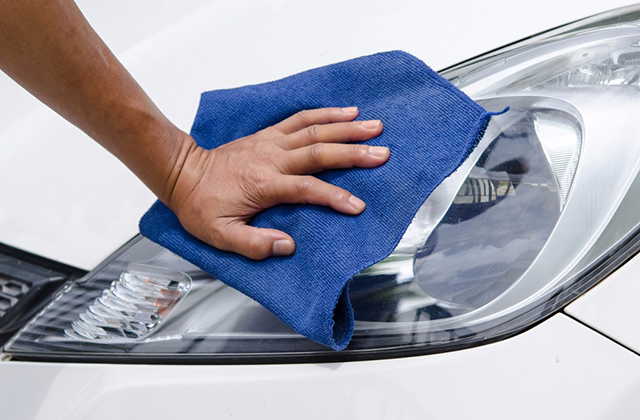Classic car restoration is a huge ordeal, and a big job, but if it’s done right it can also be a lot of fun. Involve your family and make a big family fun time out of it, or if you take it to a shop, but remember that classic cars are meant to be one thing, and that is fun. If it’s not fun or enjoyable for you, then do yourself a favor and sell it. The breakthrough paint protection has super hydrophobic properties.
Shop Preparation
The first step during classic car restoration is to get your shop ready for the restoration. You will need a camera, a place for the parts, and a labeling system. It is best to take pictures of the parts as you pull them off so you know where they were at and where the new parts should be placed. When taking the parts of the vehicle you will need to place them in an orderly fashion so you can find them again if you need them. Cardboard boxes come in really handy at this point. Labeling the parts is a great method of keeping track of where they go, what they do, and what they are called in case you need to purchase a newer part. Never throw away the parts until the car is completed as you may need them again at some point.
Tear Down
The second step to classic car restoration is to tear down the car in sections. Begin at one end and work your way down the car until you reach the other end. This process will take a lot of time as you will need to take pictures on a continuous basis. The pictures will consist of what the car looked like before the part was removed and after the part was replaced.
Inventory
During this step you will determine what parts can be reused and what parts will need to be replaced. This is the ideal time to determine your budget for your classic car restoration project as well. This is a lot easier than it sounds. Sort your parts into two categories: Replace & Repair. Go through the replace box and mark down every part in it on your notepad under the replace column. Do the same thing for the repair parts and place them on your notepad under the repair column. Now you have an idea of what you need and what you have. This part of the classic car restoration process may seem tedious and boring but it will pay off in the end.
Cleaning Process
Once all the parts are removed you can begin to strip your car down to bare metal. There are several methods to do this which could include sand blasting, glass beading, garnet blasting, and sodium bicarbonate blasting. The best method is known as acid dipping but you will need to check to see if it’s available in your area. This form of stripping doesn’t leave sand in every crevice of your car like sand blasting. Acid dipping removes a lot of foreign substances, paint and rust.
Evaluation
During the evaluation period, you will evaluate what needs to be done. Most classic cars will need the floorboards, trunk floors, trunk extensions that attach to the trunk floors changed out, and in most cases there will also be rust holes and dents. Take a sharpie marker and mark all the spots that need to be repaired or replaced. This process will determine whether your car is a beauty or whether it is a pile of metal. Take your time to ensure you have found all the problem spots. Once the car is painted you can not go back.
Body Work & Final Prime
Start with the hardest tasks of getting the dents out and filling the rust spots. Once this is complete you can move on to the lighter tasks. Once your classic car is finished to 36 or 40 grit paper, it is time to spread the final body coat until it is just above level. Before it is completely dry you will take 80 grit paper along those spots. Once this is complete you can glaze the car. After glazing has dried the first layer of primer can be applied. The priming process will determine how smooth your car looks in the end so it is vital to do it right the first time around.
Prep & Sand
You will need to prep the car for paint and sealer once the dust has been removed off the car. Although it is an extra step, it is better to seal the car at this point. Begin with 220 grit wet sandpaper to smooth the surface of the primer. Apply 320 grit wet paper will help you achieve that dull shine that you want to complete before moving on. Applying 600 grit wet paper will help you achieve that hazy mirror effect. Your prep work is complete after this and you can apply the sealer.
Now that your classic car restoration is complete you can cruise around to show off all your hard work and enjoy your sense of accomplishment.
Everything You Need To Know About Car Restoration Car Restoration [http://www.vintagecarfanatics.com]
Article Source: http://EzineArticles.com/1080110


